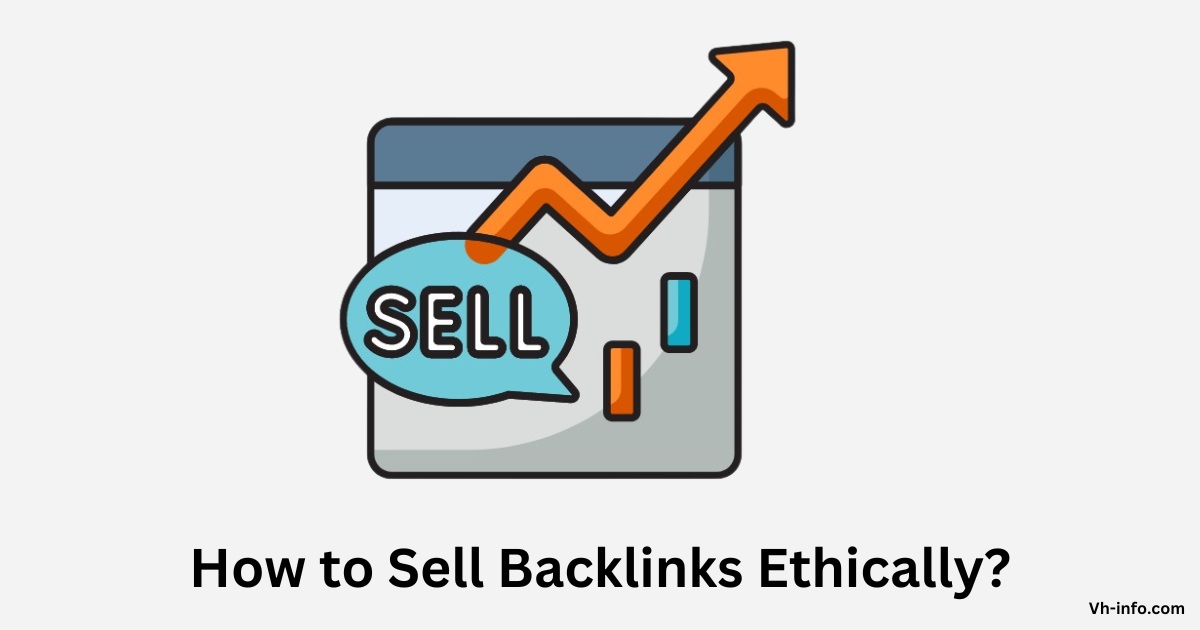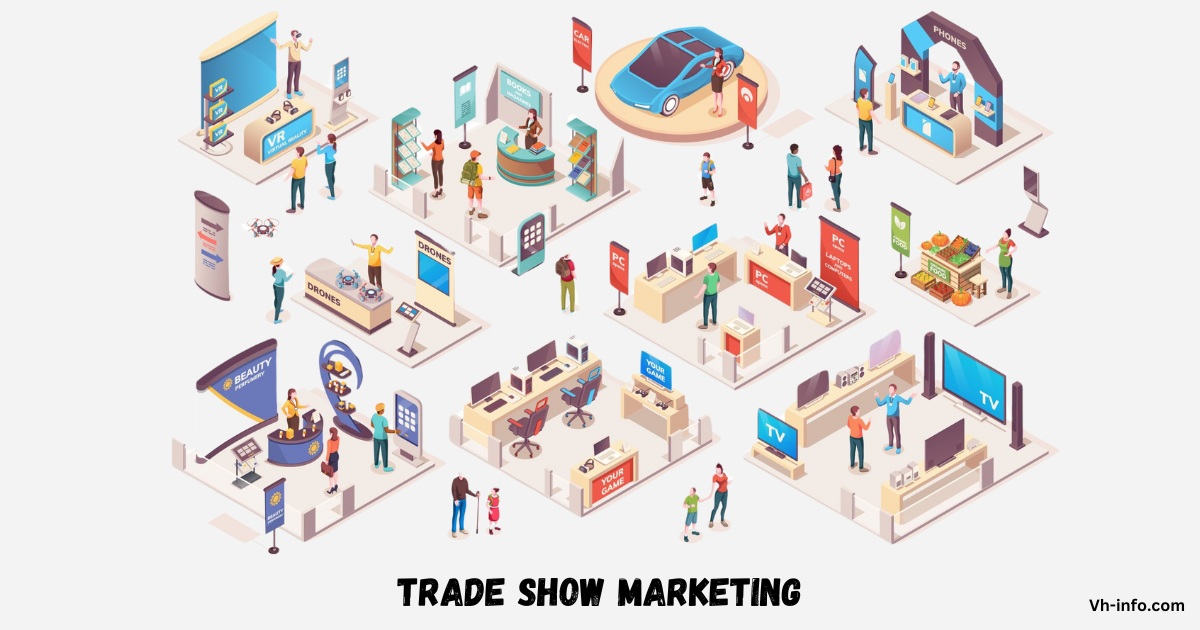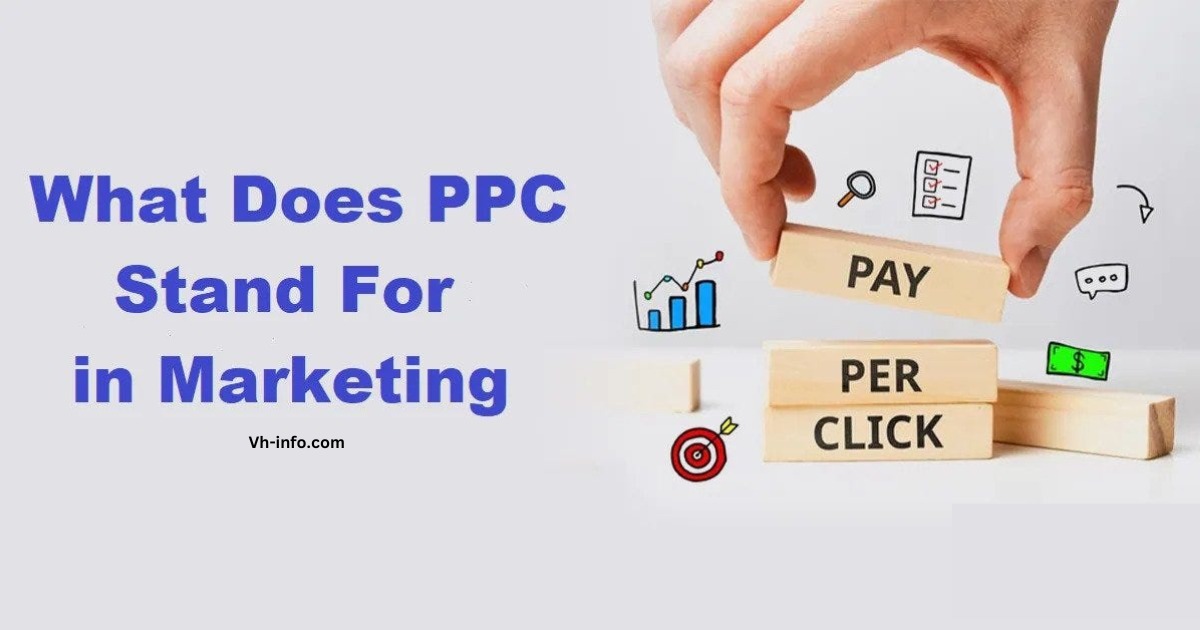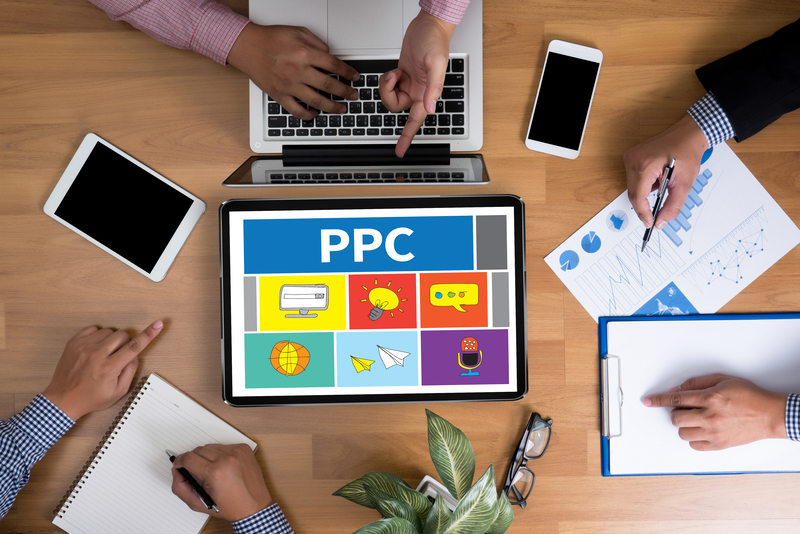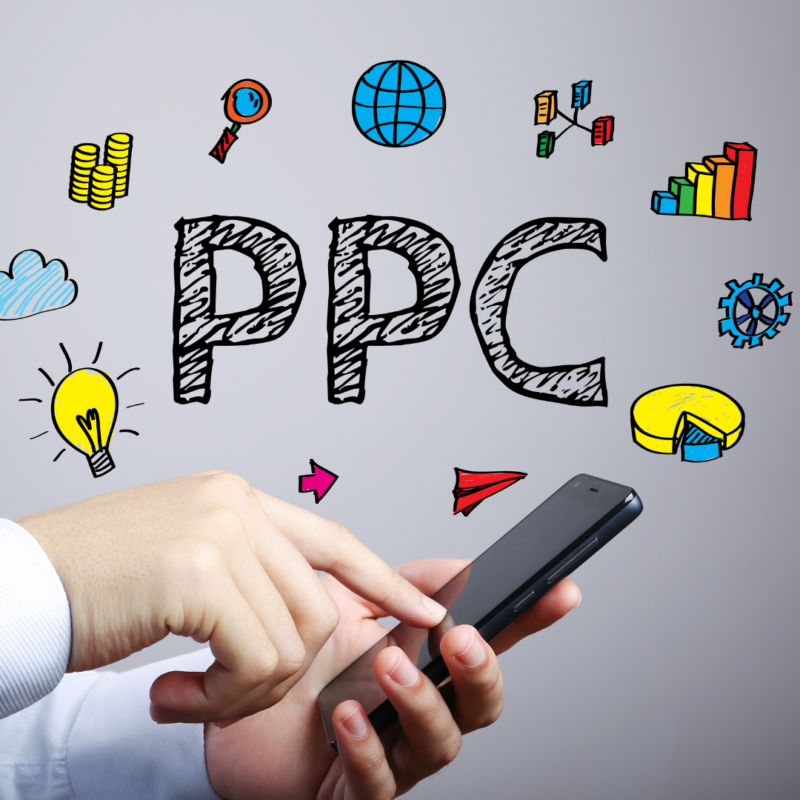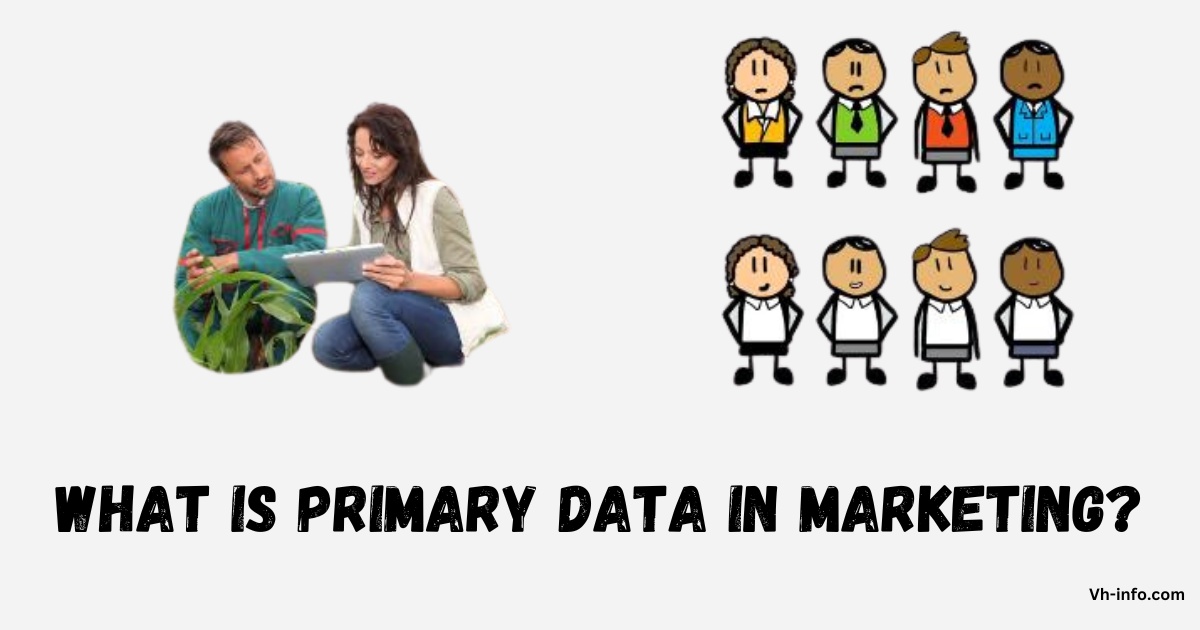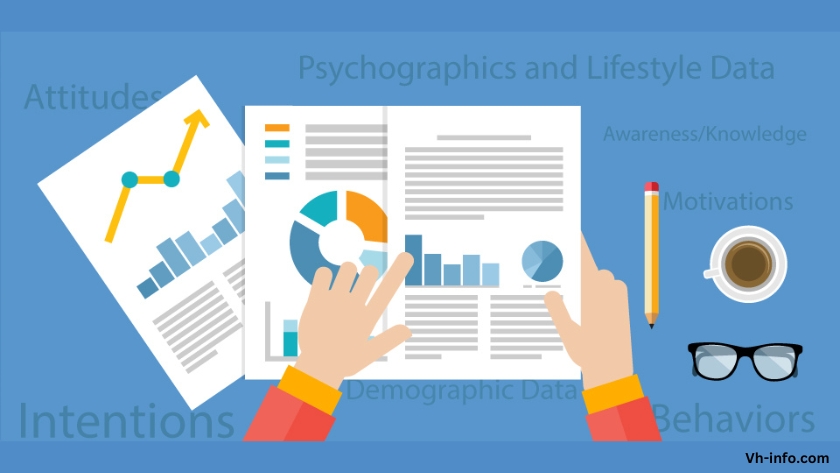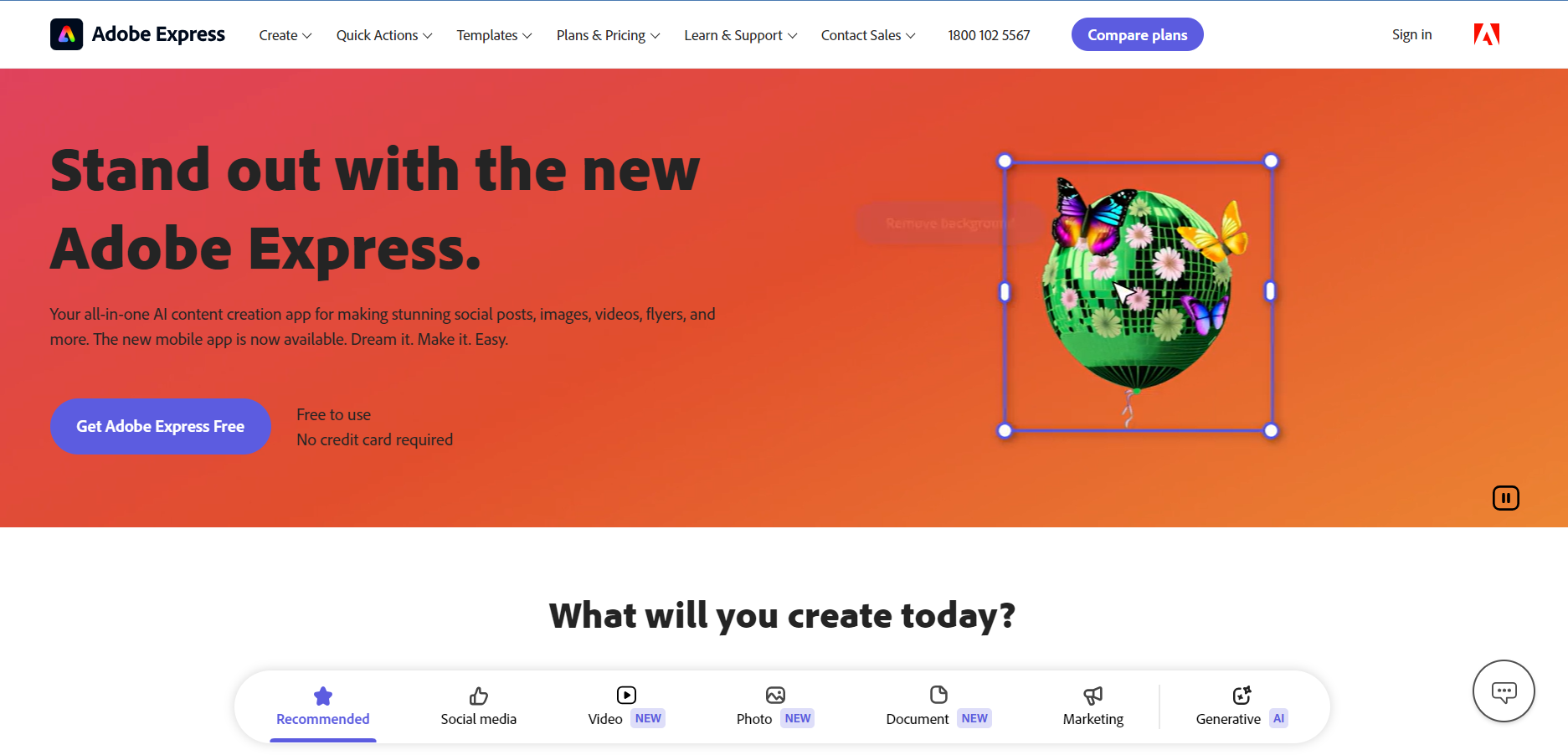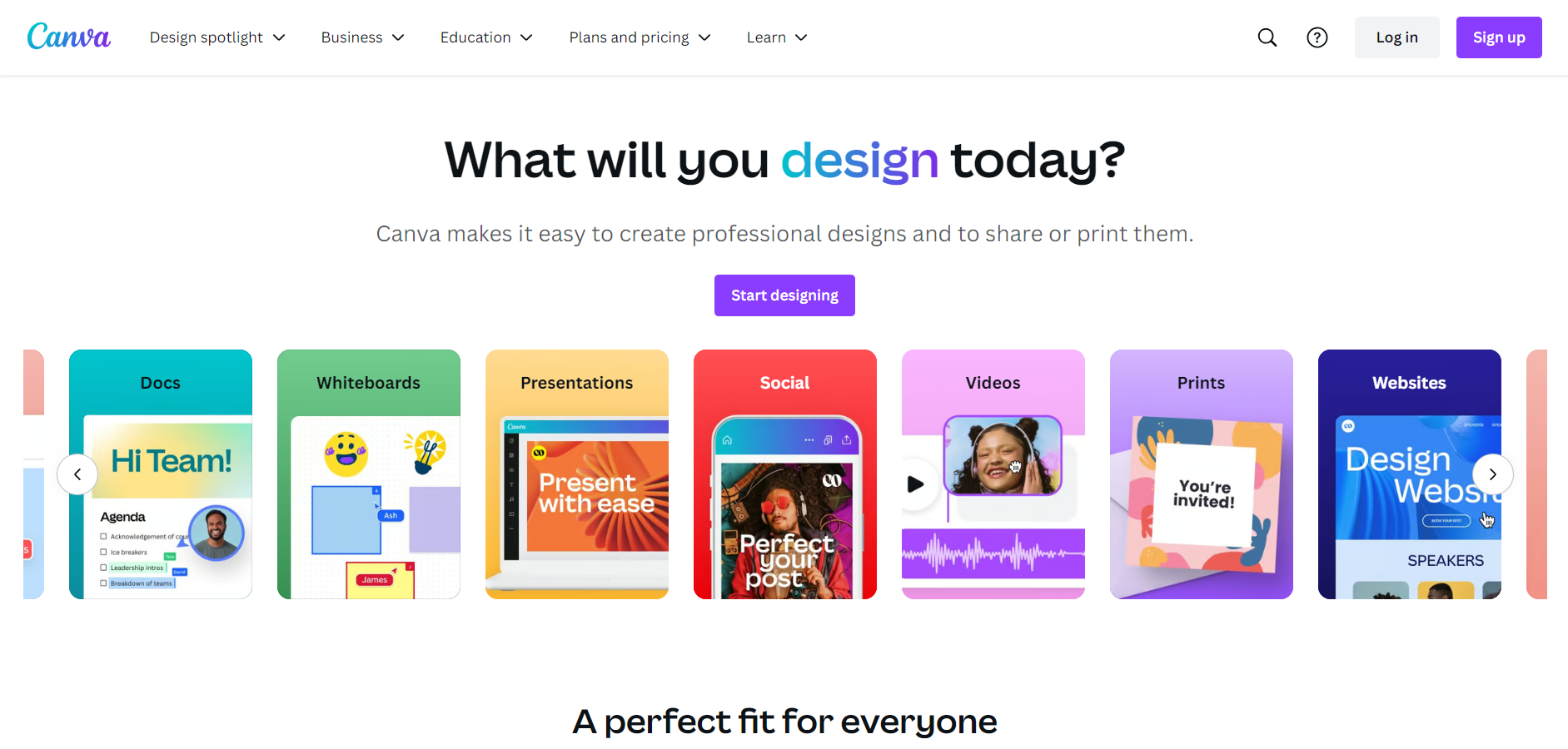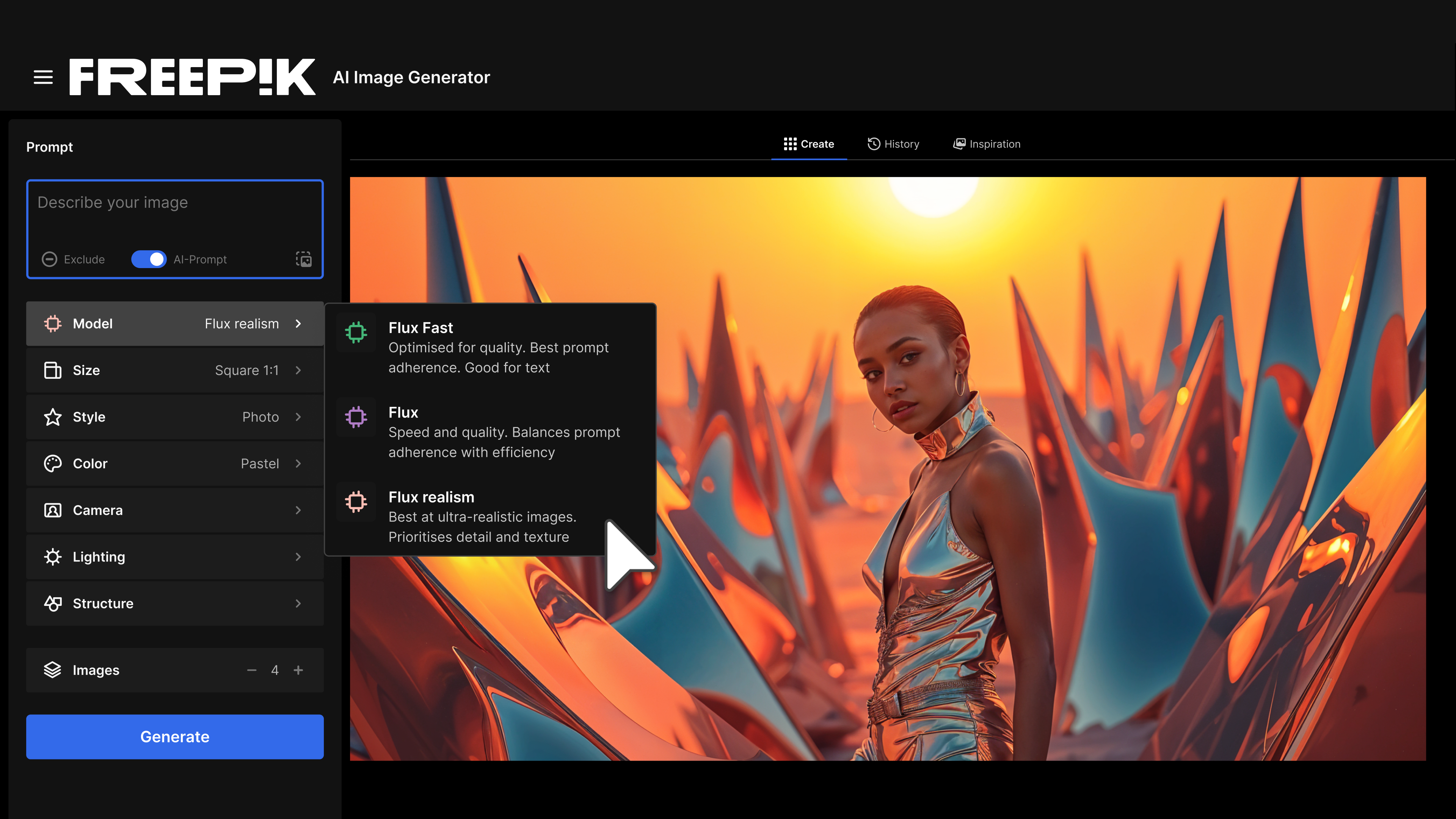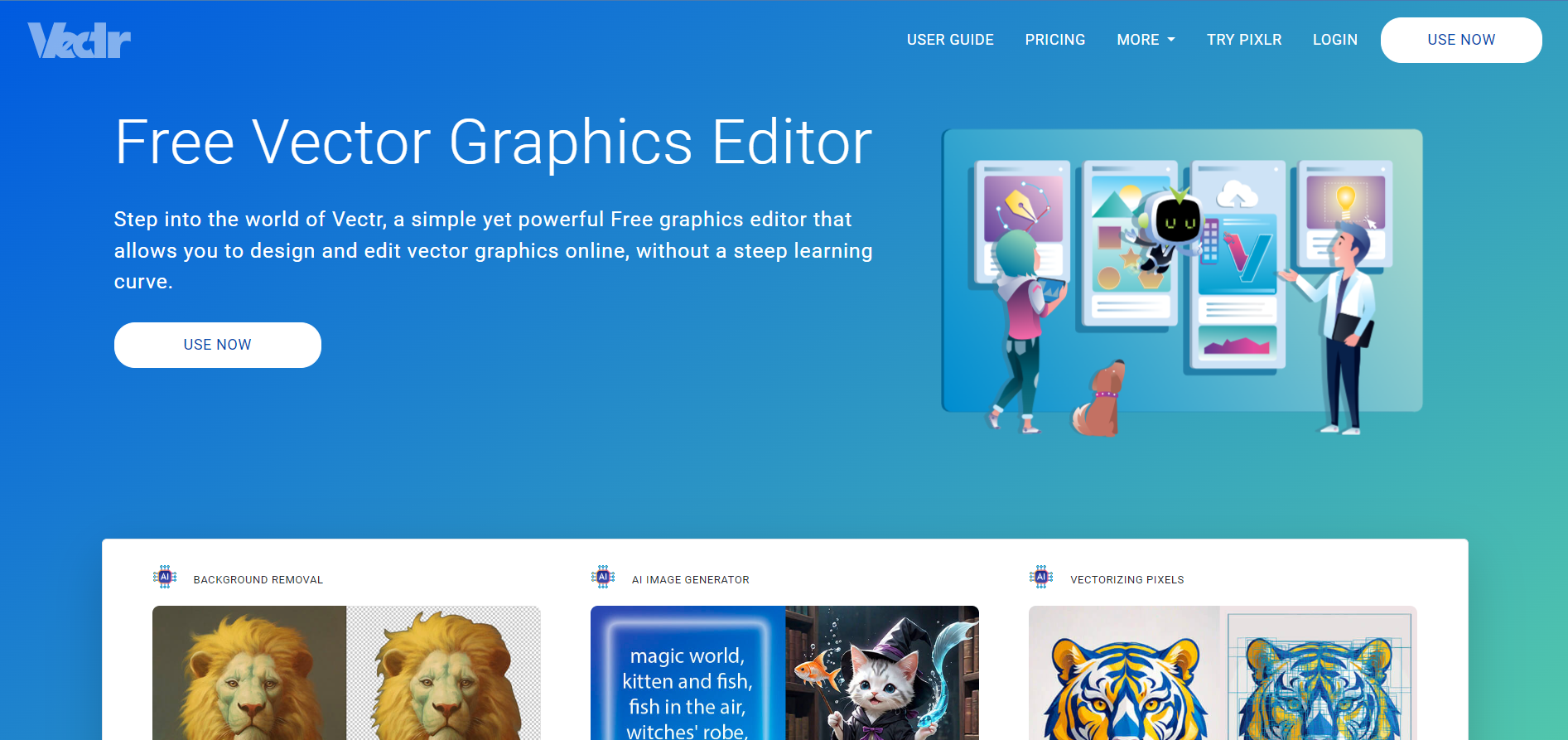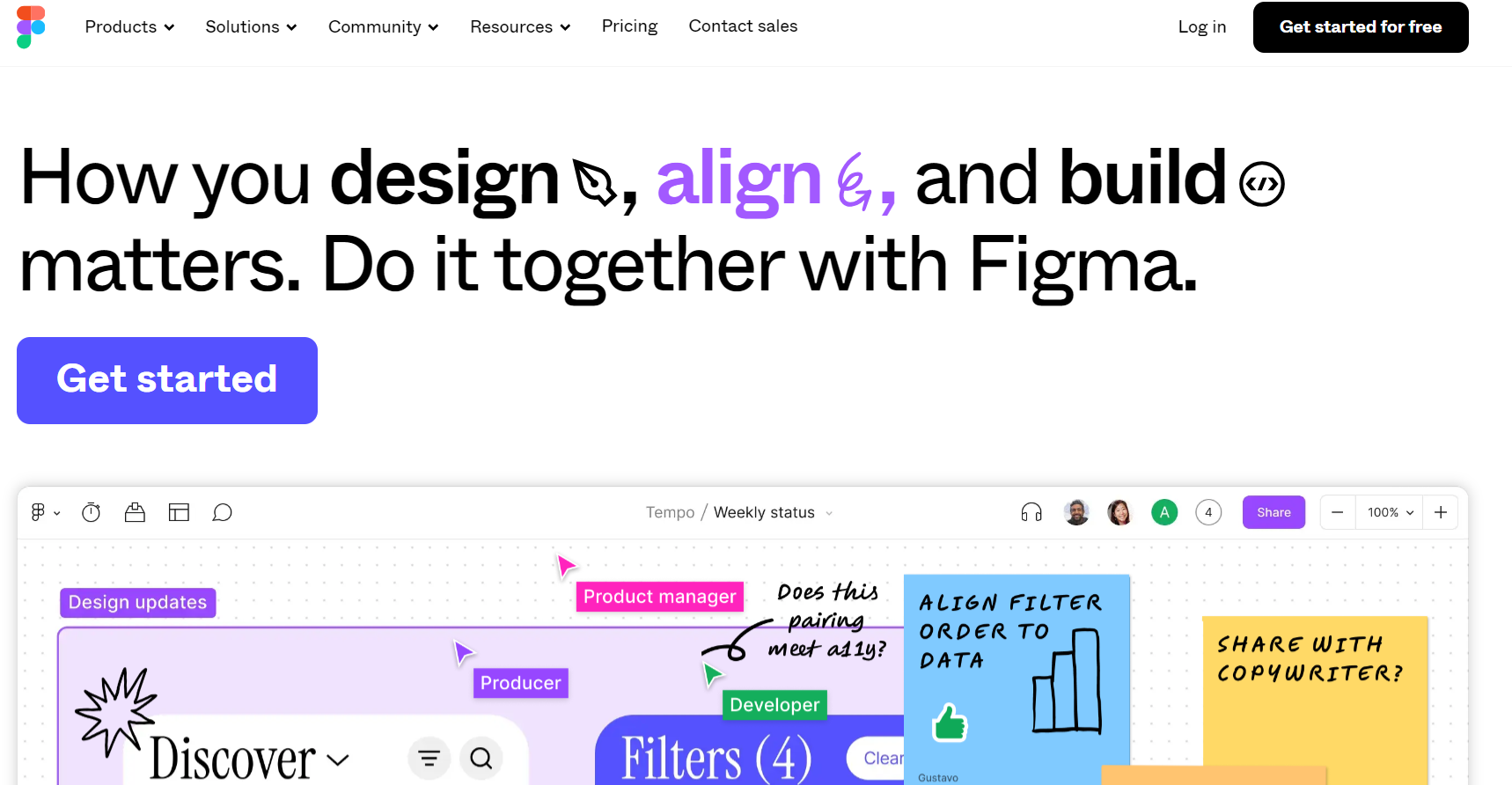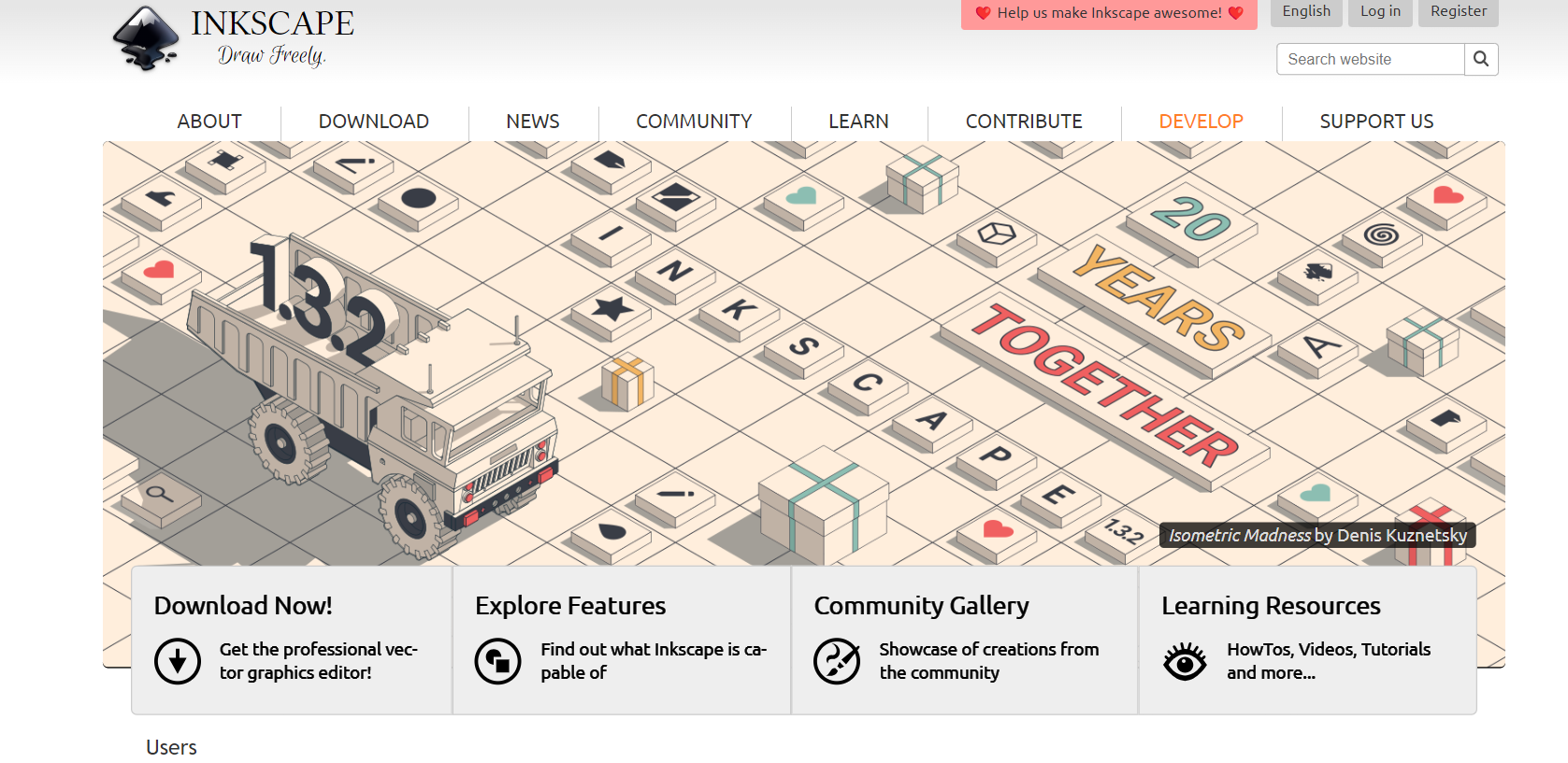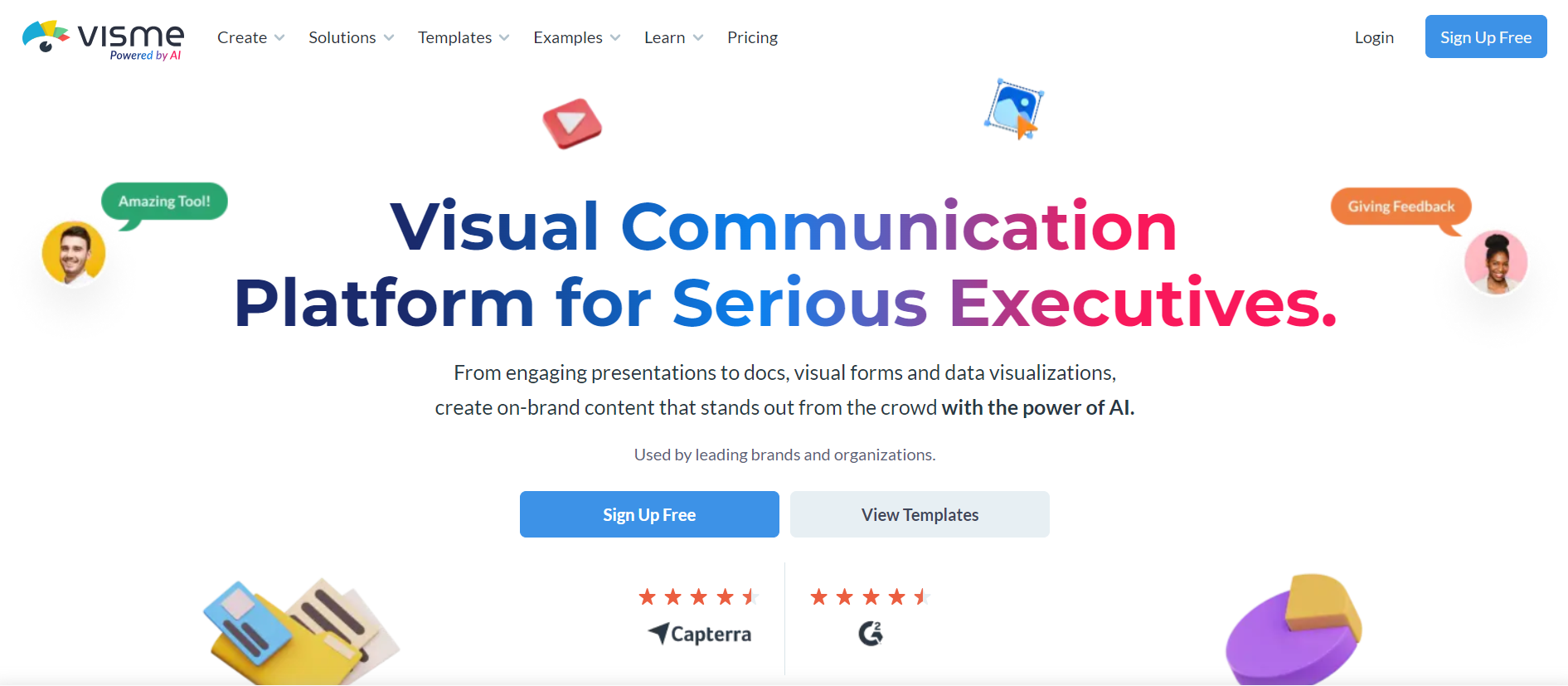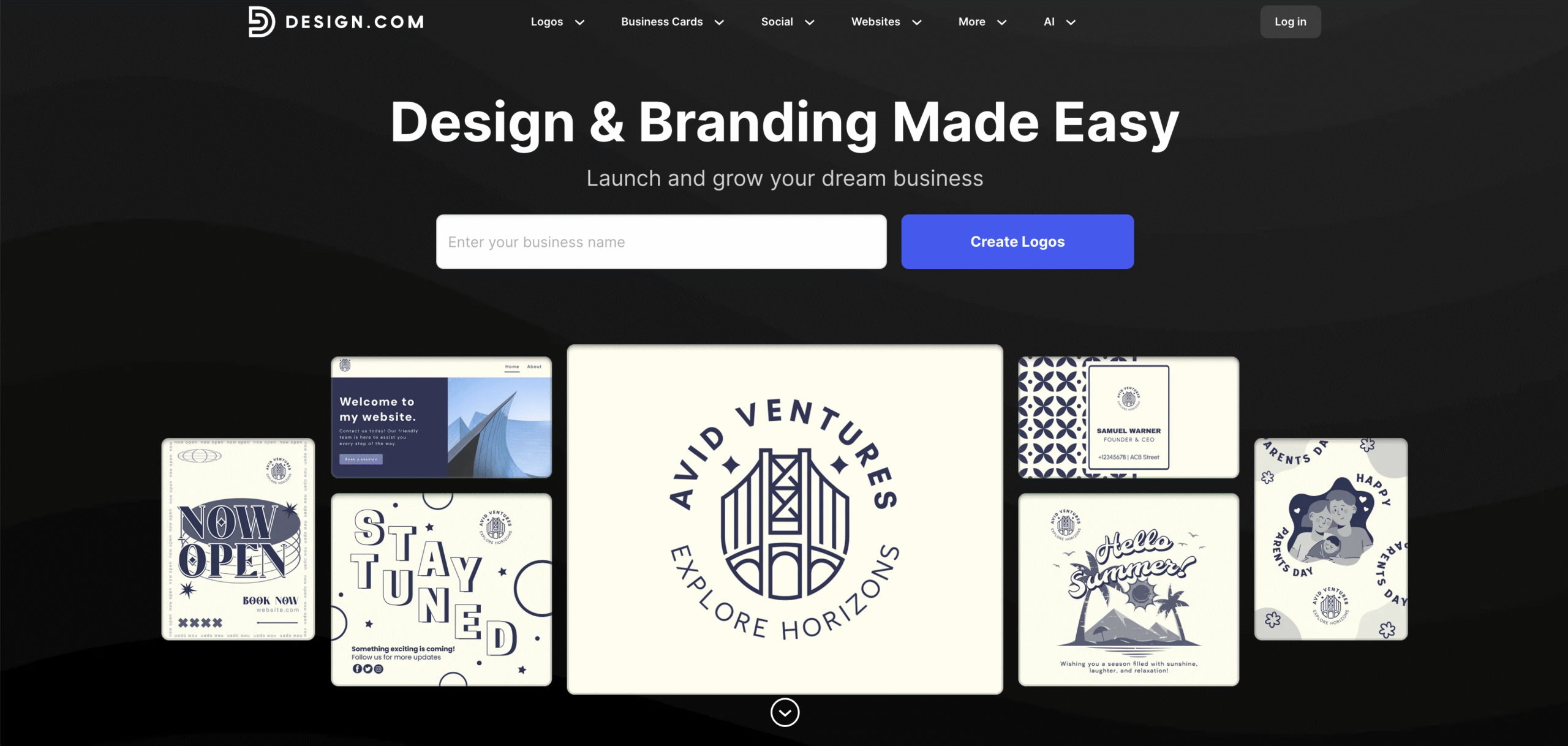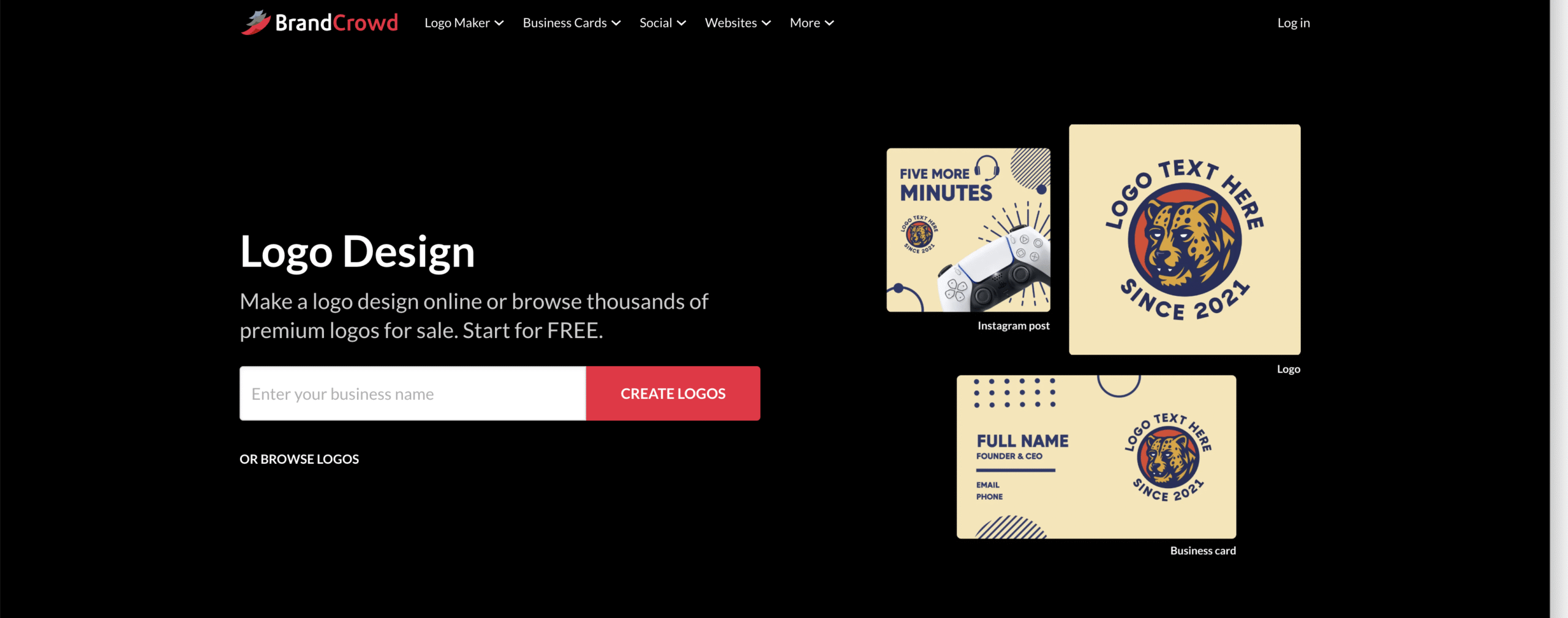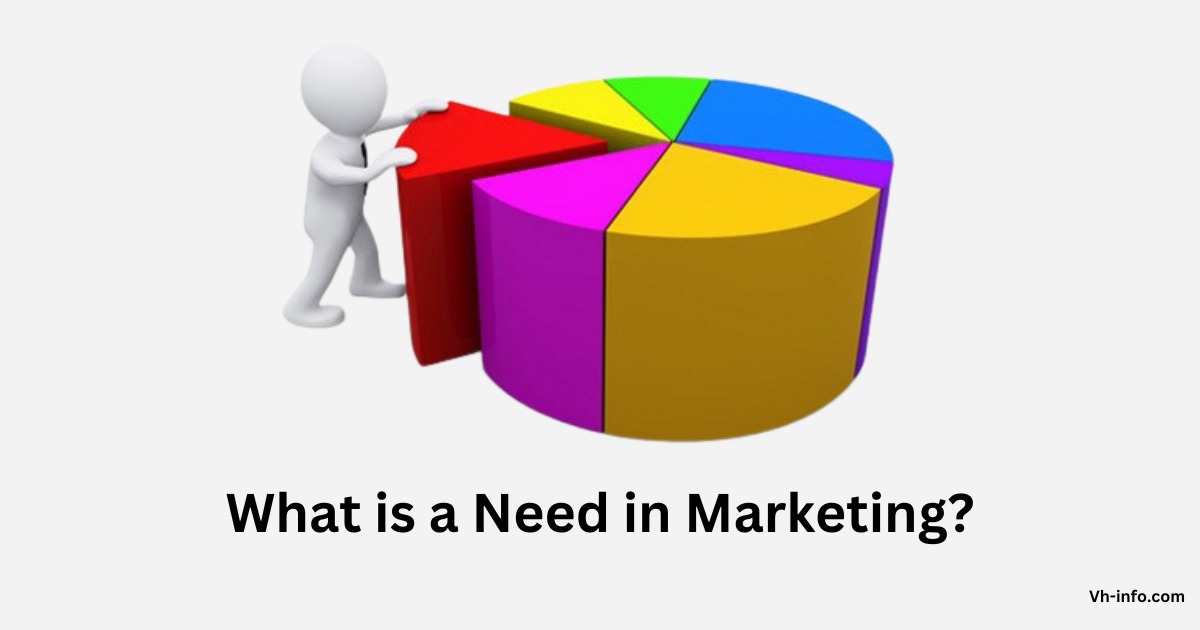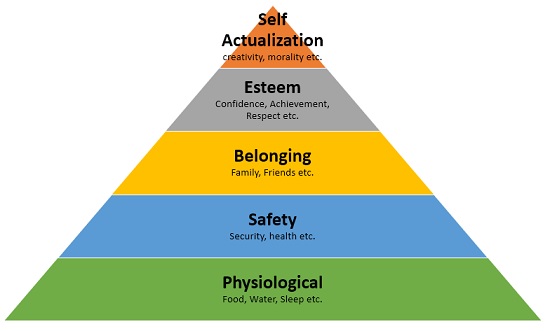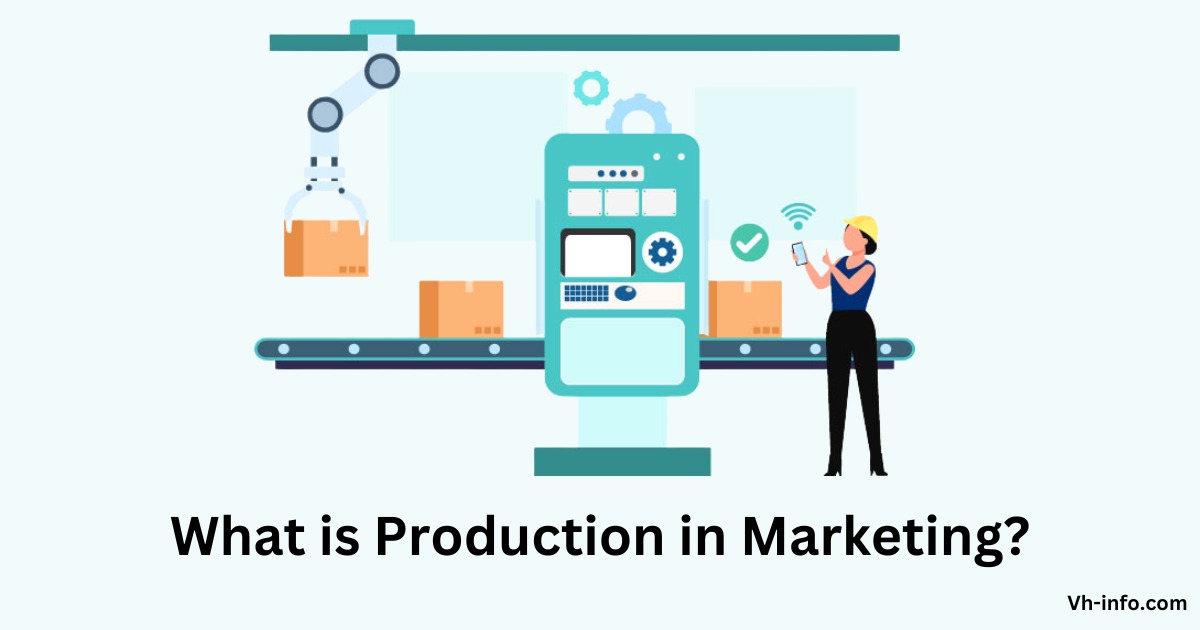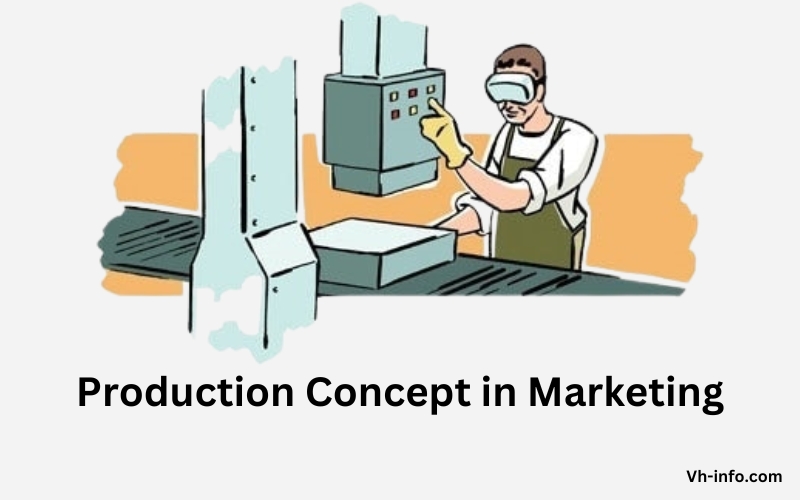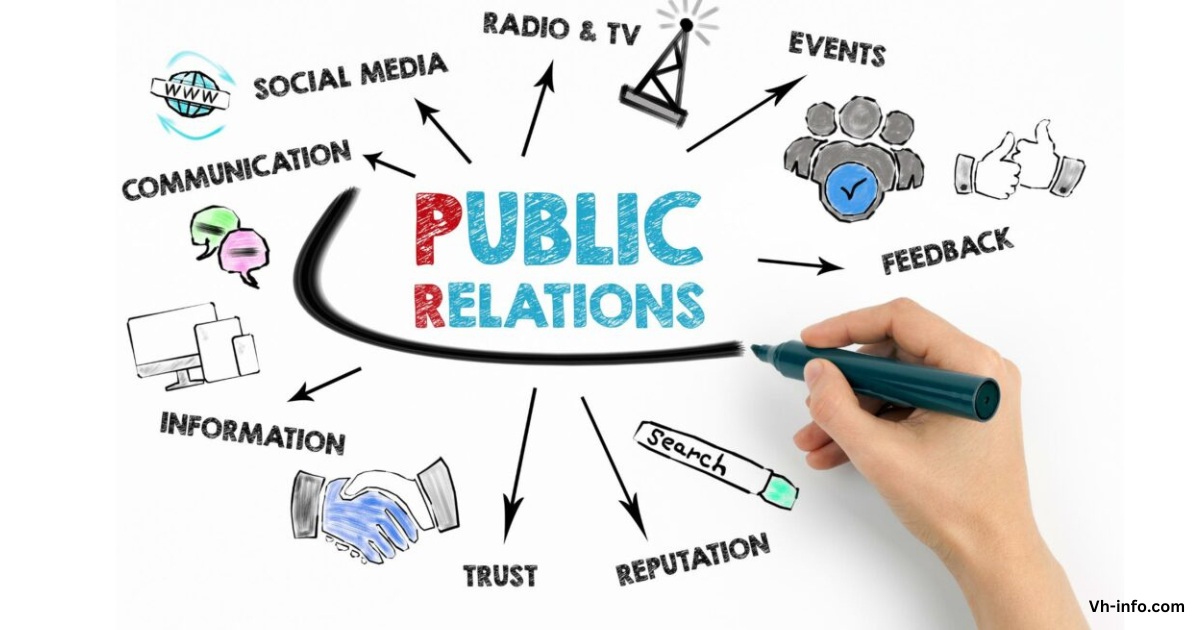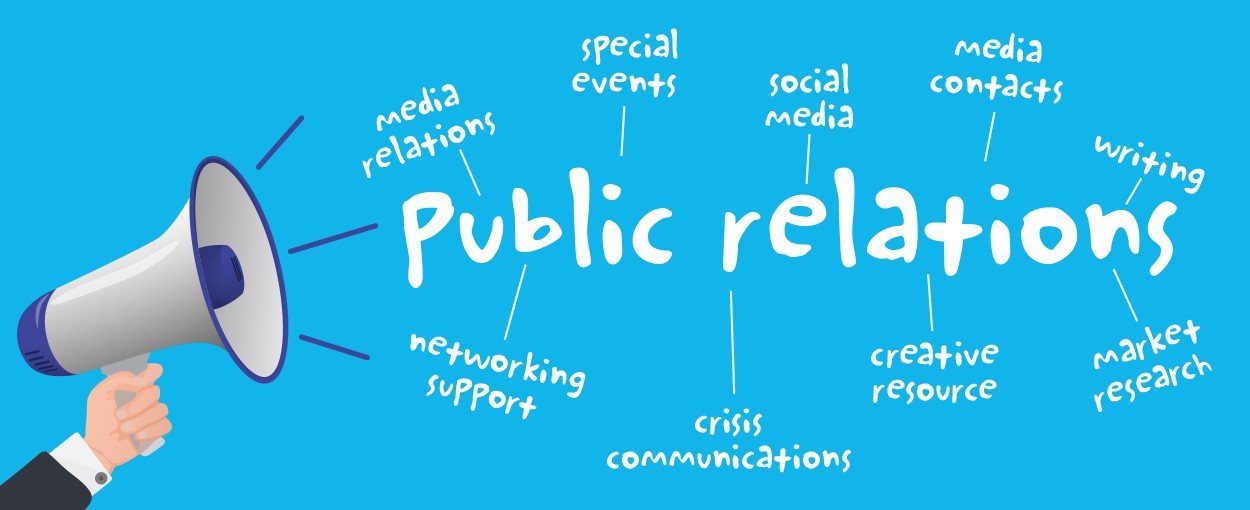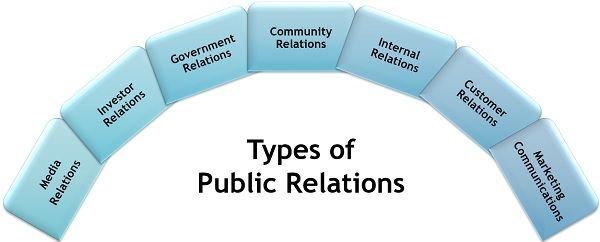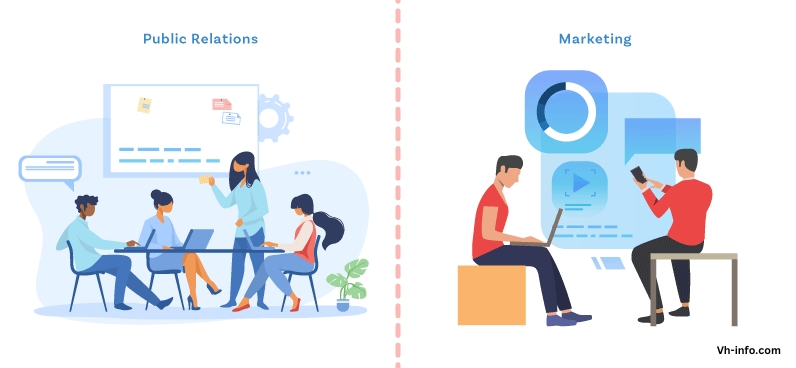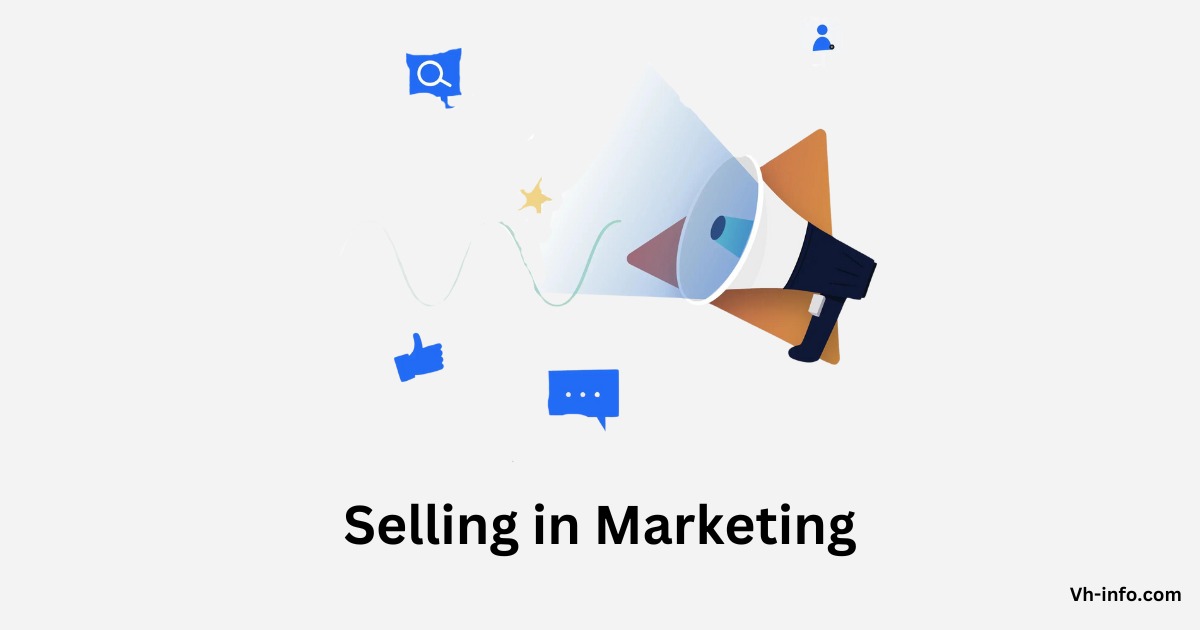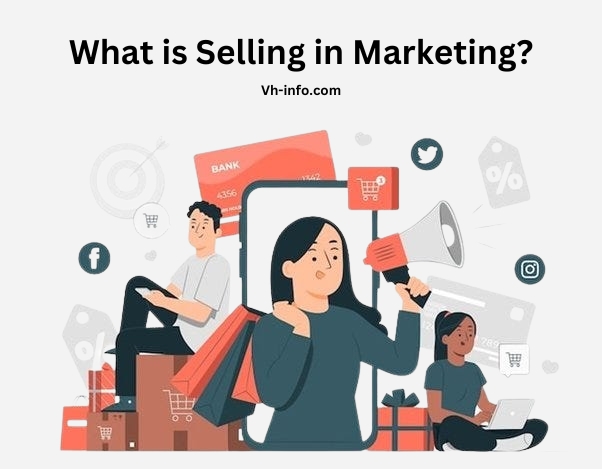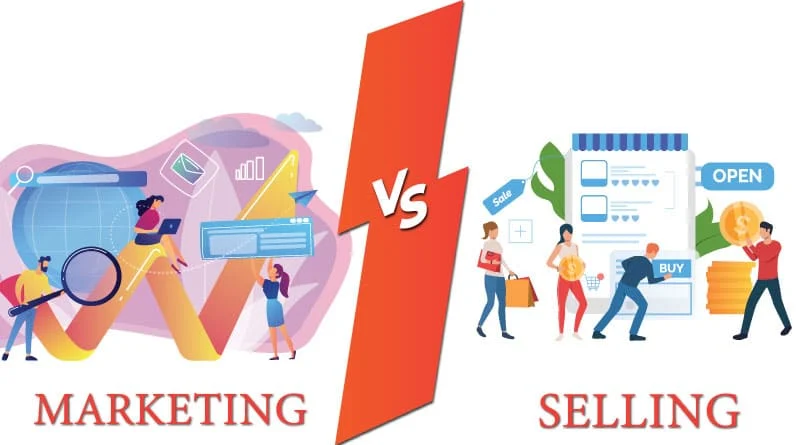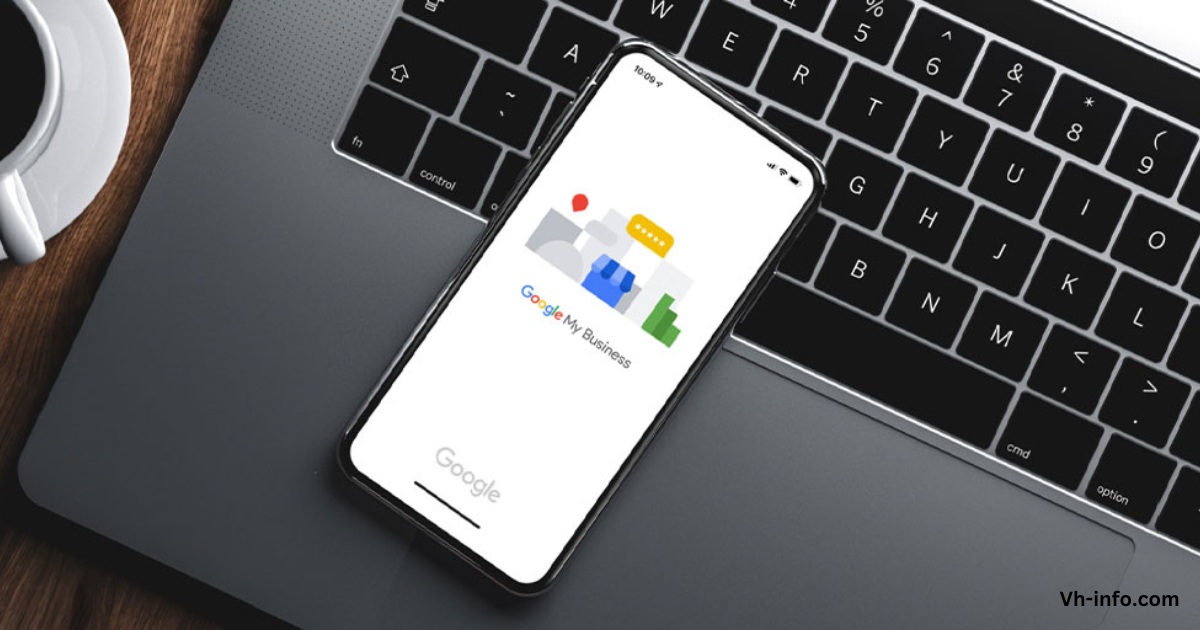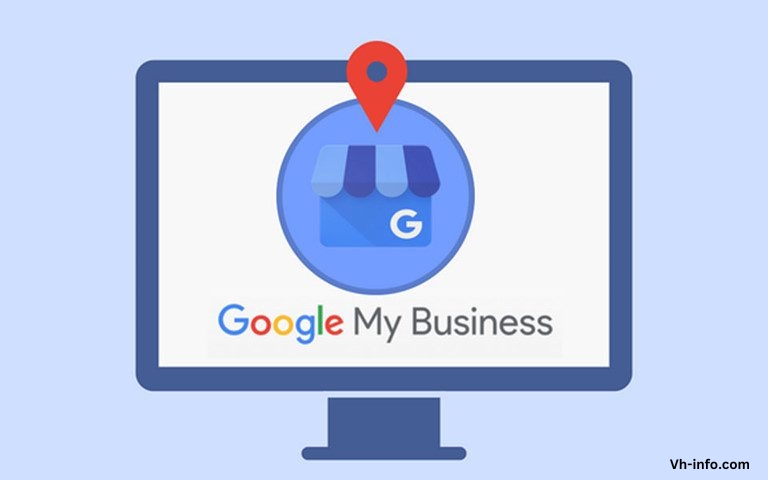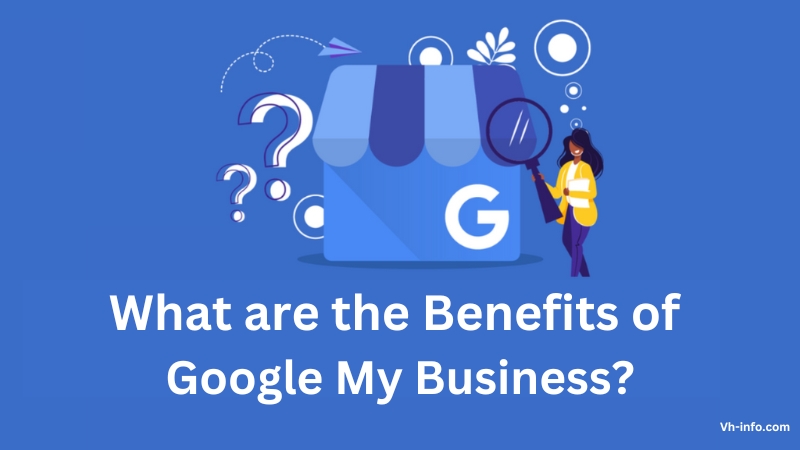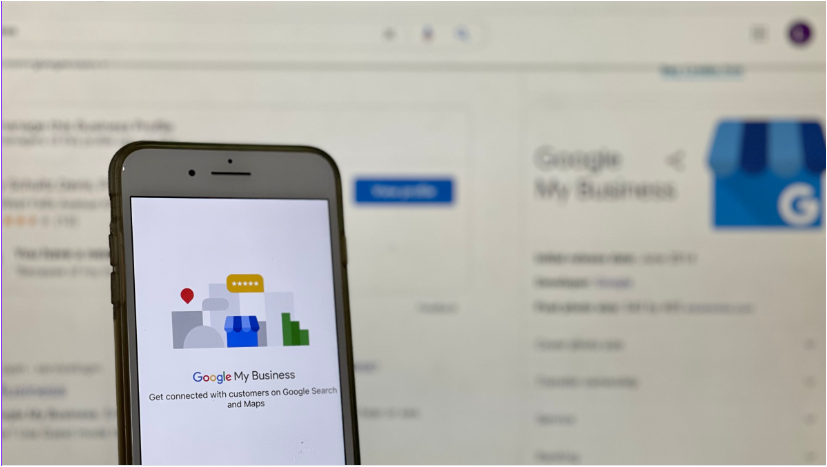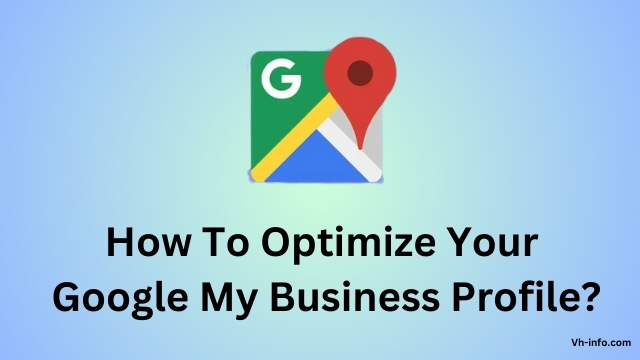Selling backlinks can be a lucrative way to monetize your website and help other sites boost their search engine rankings. However, it’s crucial to approach this practice ethically to avoid violating Google’s guidelines and maintain the integrity of your site.
In this comprehensive guide, we’ll explore the best practices and platforms for selling backlinks in 2024, ensuring you stay within the bounds of white-hat SEO while maximizing your revenue potential.
Why Sell Backlinks? Is It Worth The Effort?
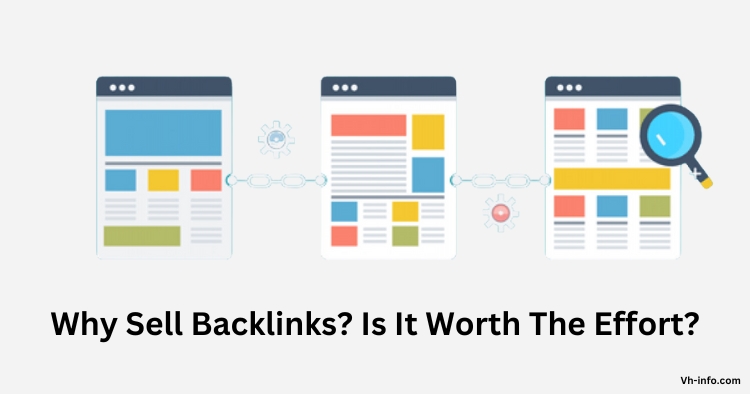
Backlinks remain a key factor in search engine algorithms, with high-quality links from authoritative domains significantly impacting a site’s visibility and organic traffic.
As a result, many website owners and SEO practitioners are willing to pay for quality backlinks to improve their search engine rankings. By selling backlinks, you can tap into this demand and generate a significant revenue stream for your website.
However, selling backlinks comes with risks and responsibilities. It’s essential to understand Google’s guidelines on paid links and follow ethical practices to avoid penalties and maintain your site’s long-term health.
How to Sell Backlinks Without Violating Guidelines?
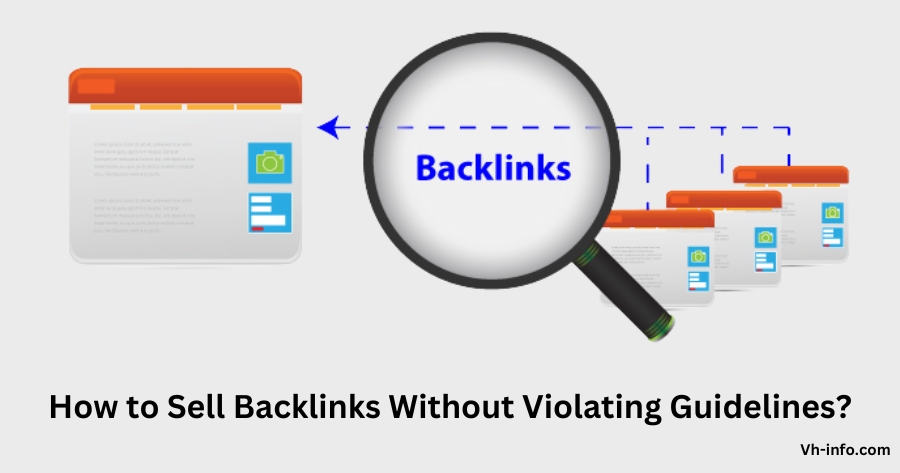
1. Understanding Google’s Guidelines on Paid Links
Google’s stance on paid links is clear: they should be marked with the “nofollow” or “sponsored” attribute to indicate that they are not natural, editorial links. Failing to disclose paid links can result in manual actions or algorithmic penalties that harm your site’s search engine rankings.
2. Identifying Legitimate Ways to Sell Backlinks
To sell backlinks ethically, focus on providing value to your clients through relevant, high-quality content.
Some legitimate ways to sell backlinks include:
- Sponsored posts or product reviews
- Directory listings or resource pages
- Broken link building and content replacement
- Niche edits or contextual links
3. Avoiding Spammy Backlink Practices
Steer clear of link schemes and spammy tactics that aim to manipulate search engine rankings, such as:
- Link farms or private blog networks (PBNs)
- Automated link building or link exchanges
- Hidden or cloaked links
- Excessive keyword-rich anchor text
4. Ensuring Transparency in Backlink Transactions
Always be transparent about the nature of your backlinks, both with your clients and search engines. Use the appropriate link attributes, disclose sponsored content, and maintain open communication with your partners to build trust and avoid misunderstandings.
How to Sell Backlinks Online?
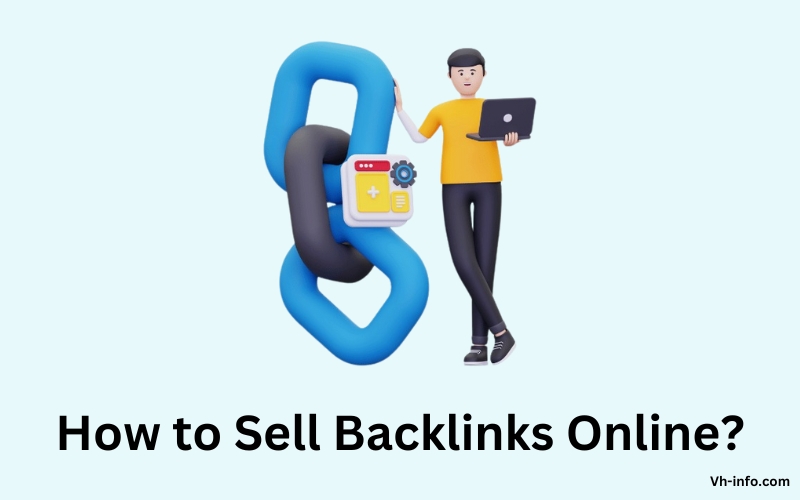
1. Build a High Quality Website
To attract potential buyers, your website must offer value and authority in your niche. Focus on creating engaging, informative content that naturally attracts backlinks and social shares. A strong domain authority and organic traffic will make your backlinks more appealing to buyers.
2. Make use of Online Marketplaces
Online marketplaces like Fiverr, SEOClerks, and Konker connect backlink sellers with potential clients. Create a compelling listing that highlights your website’s strengths, such as domain authority, traffic, and niche relevance. Be transparent about your link placement process and pricing.
3. Offer Social Media Backlinks
If you have a strong presence on social media platforms like Twitter, Facebook, or LinkedIn, you can offer sponsored posts or shoutouts that include backlinks to your clients’ websites. This can be an effective way to leverage your social media audience and provide value to your clients.
4. Connect with SEO Communities
Engage with SEO forums, groups, and communities where website owners and digital marketers discuss link building strategies. Share your expertise, offer helpful advice, and build relationships with potential clients. Be cautious not to spam these communities with overt sales pitches.
5. Reach out to Backlink Buyers
Proactively reach out to websites in your niche that might benefit from your backlinks. Use SEO tools to identify sites with lower domain authority or fewer backlinks, and craft personalized outreach emails that highlight how your backlinks can help improve their search engine rankings.
6. Collaborate with Bloggers or Influencers
Partner with bloggers or influencers in your niche to create sponsored content or product reviews that include backlinks to your clients’ websites. This can help you tap into new audiences and provide your clients with high-quality, contextual backlinks.
7. Provide Backlinks as an Add-on Service
If you offer other digital marketing or SEO services, consider including backlinks as an add-on or upsell. This can be an effective way to bundle your services and provide more value to your clients.
8. Make SEO Packages
Create SEO packages that include a set number of backlinks along with other services like keyword research, on-page optimization, or content creation. This can help you attract clients who are looking for a comprehensive SEO solution.
9. Collaborate with SEO Agencies
Reach out to SEO agencies and offer your backlink services as a white-label solution. Many agencies outsource link building to specialists, so this can be a great way to secure a steady stream of clients.
10. Provide Limited or Exclusive Backlinks
Offer limited or exclusive backlink placements to create scarcity and increase the perceived value of your links. For example, you could offer a single sponsored post opportunity per month or limit the number of backlinks you sell in a particular niche.
11. Provide Case Studies or Testimonials
Share case studies or testimonials from satisfied clients to demonstrate the effectiveness of your backlinks. This social proof can help build trust with potential buyers and set you apart from competitors.
12. Provide Discounts or Promotions
Offer discounts or promotions to attract new clients or reward loyal customers. For example, you could offer a percentage off for first-time buyers or create a loyalty program that provides discounts for repeat purchases.
How to Sell Backlinks Ethically?
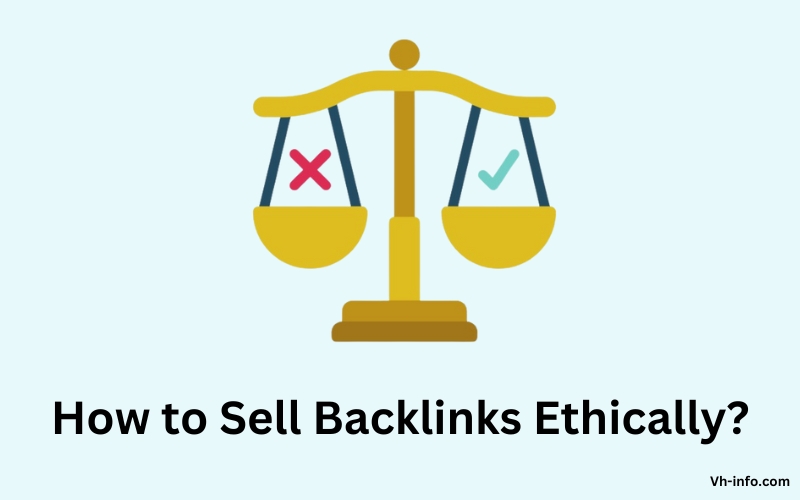
1. Produce High-Quality Content
Focus on creating valuable, informative content that naturally attracts backlinks and social shares. Avoid thin or spammy content that exists solely for the purpose of selling links.
2. Examine Your partners Carefully
Vet potential link buyers to ensure they have reputable, relevant websites that align with your niche and values. Avoid selling links to spammy or low-quality sites that could harm your reputation.
3. Collaboration with Link Building Agencies
Partner with reputable link building agencies that follow ethical practices and have a proven track record of success. This can help you access a wider pool of potential clients and ensure that your backlinks are being used in accordance with search engine guidelines.
4. Join Influencer Networks
Join influencer networks or platforms that connect brands with content creators for sponsored collaborations. These networks often have strict guidelines and vetting processes to ensure that all partnerships are transparent and comply with search engine guidelines.
5. Disclose Link Building
Always disclose your paid links using the appropriate attributes (e.g., “sponsored” or “nofollow”) to maintain transparency and avoid violating search engine guidelines.
6. Reach Out to Link Buyers
Proactively reach out to potential link buyers in your niche, focusing on those who prioritize quality content and ethical link building practices. Avoid buyers who engage in spammy or manipulative tactics.
7. Don’t Let your Website Turn into a Link Farm
Maintain a healthy balance between sponsored and organic content on your website. Avoid turning your site into a link farm by selling too many backlinks or placing them in irrelevant or low-quality content.
Link Farms are Making a Killing Selling Links
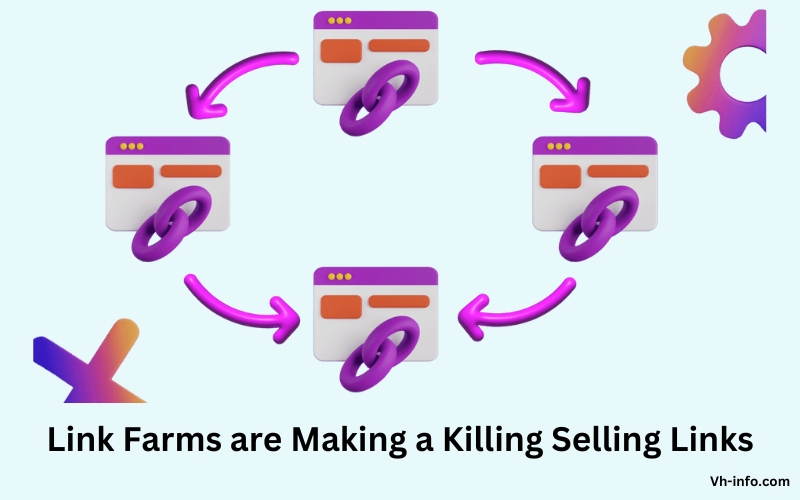
How One Link Farm is Earning $350,000+ per year?
Some link farms are generating significant revenue by selling large volumes of low-quality backlinks.
For example, one link farm reports earning over $350,000 per year by selling links on a network of thin, spammy websites.
High Search Volume, Low Difficulty
Many link farms target keywords with high search volume but low competition, allowing them to quickly rank and attract organic traffic. They then monetize this traffic by selling backlinks to unsuspecting buyers.
Is Selling Links Similar To Link Farming?
Selling links is not the same as link farming. Link farming involves creating a network of sites solely for link building, while selling links can be legitimate if done ethically. Understanding the distinctions is crucial for maintaining SEO integrity.
What is a Link Farm?
A link farm is a network of websites created solely for the purpose of selling backlinks. These sites often have thin, low-quality content and exist only to manipulate search engine rankings.
How It’s Different From Selling Backlinks?
Selling backlinks ethically involves providing value to your clients through relevant, high-quality content on reputable websites. In contrast, link farms focus on quantity over quality, often using spammy or manipulative tactics to artificially boost rankings.
Common Pitfalls to Avoid When Selling Backlinks
To avoid falling into the trap of link farming, steer clear of the following practices:
- Creating thin or duplicate content solely for the purpose of selling links
- Participating in link exchanges or reciprocal linking schemes
- Using automated tools to generate backlinks
- Selling links on irrelevant or low-quality websites
- Failing to disclose paid links or use appropriate attributes
What are the Best Platforms to Sell Backlinks?
Facebook, LinkedIn, Upwork, and Fiverr are among the best platforms to sell backlinks. Utilize these popular platforms to reach a wide audience of potential buyers and maximize your backlink selling opportunities.
Facebook groups and pages dedicated to SEO and link building can be a great place to connect with potential clients and promote your backlink services. Engage in discussions, share your expertise, and build relationships with group members to attract buyers.

LinkedIn is a professional networking platform that can help you connect with SEO practitioners, digital marketers, and website owners who may be interested in your backlink services. Share informative content, participate in relevant groups, and reach out to potential clients to build your network.
Upwork
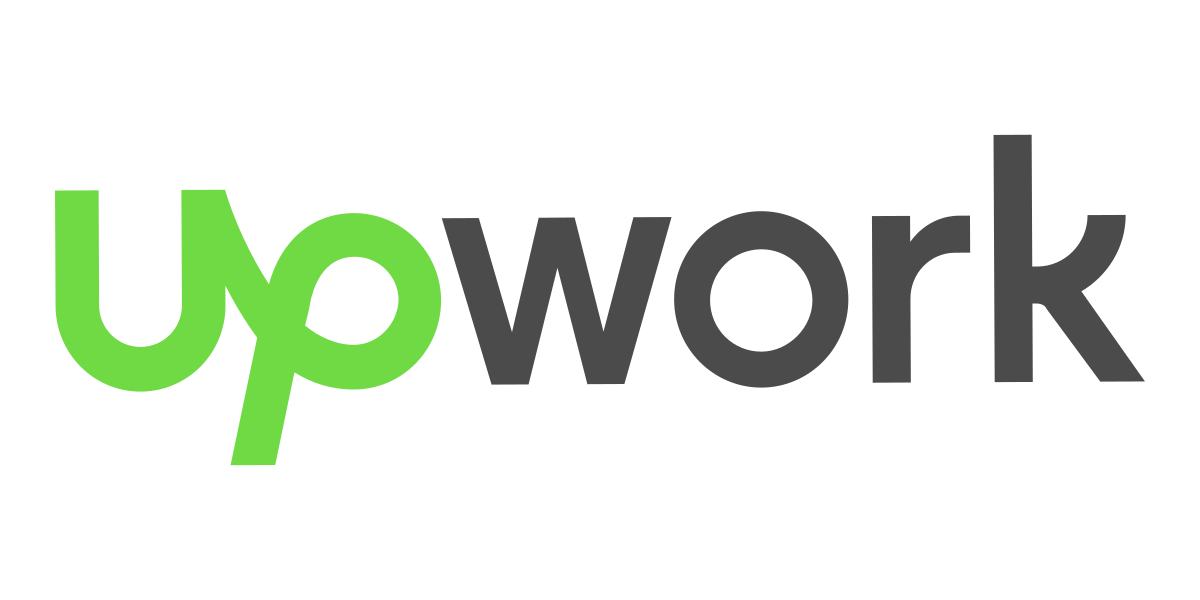
Upwork is a freelancing platform that connects businesses with skilled professionals, including SEO experts and link builders. Create a compelling profile that showcases your backlink services, and bid on relevant projects to find clients.
Fiverr

Fiverr is an online marketplace where freelancers can offer a wide range of services, including link building and SEO. Create a gig that outlines your backlink services, pricing, and delivery timeline, and optimize your listing with relevant keywords to attract buyers.
FAQ’s:
Did You Only Sell Backlinks?
No, VH Info provides a range of link building and SEO for startups services, including content creation, guest posting, and broken link building. Selling backlinks is just one aspect of our comprehensive approach to helping clients improve their search engine rankings.
Is Selling Backlinks Legal?
Selling backlinks is not illegal, but it can violate search engine guidelines if done improperly. To stay within the bounds of the law and avoid penalties, it’s crucial to follow ethical practices, such as disclosing paid links and providing value through high-quality content.
How Do I Price My Backlinks?
The price of your backlinks will depend on factors such as your website’s domain authority, niche relevance, and the quality of your content. Research your competitors’ pricing and consider your target audience’s budget to determine a fair price point. Be transparent about your pricing and what’s included in each package.
Can Selling Backlinks Affect My Site’s SEO?
Selling backlinks can positively or negatively impact your site’s SEO, depending on how you approach it. If you follow ethical practices and provide value to your clients, selling backlinks can help you build relationships and attract organic traffic. However, if you engage in spammy or manipulative tactics, you risk damaging your site’s reputation and search engine rankings. It is important to understand the principles of search engine optimization when selling backlinks, as it can greatly impact your site’s visibility and credibility.
Should You Sell Backlinks in 2024?
Selling backlinks can be a lucrative way to monetize your website and help other sites improve their search engine rankings while maintaining a positive user experience. However, it’s essential to approach this practice ethically and stay up-to-date with the latest search engine guidelines. By following the best practices outlined in this guide and prioritizing quality over quantity, you can successfully sell backlinks in 2024 and beyond, whether you have a smaller blog or larger websites.
Conclusion
Selling backlinks can be a profitable way to leverage your website’s authority and help other sites boost their search engine visibility. However, it’s crucial to approach this practice ethically, focusing on providing value through high-quality content and transparent partnerships.
By knowing Google’s rules, finding good ways to sell backlinks, and avoiding spam, you can create a reliable backlink service. Follow the tips in this guide to reach customers and expand your business in 2024. Success in selling backlinks means focusing on quality, relevance, and honesty. Adhere to these principles, adapt to SEO changes, and become a trusted expert in your field to assist clients in their link building aims.
